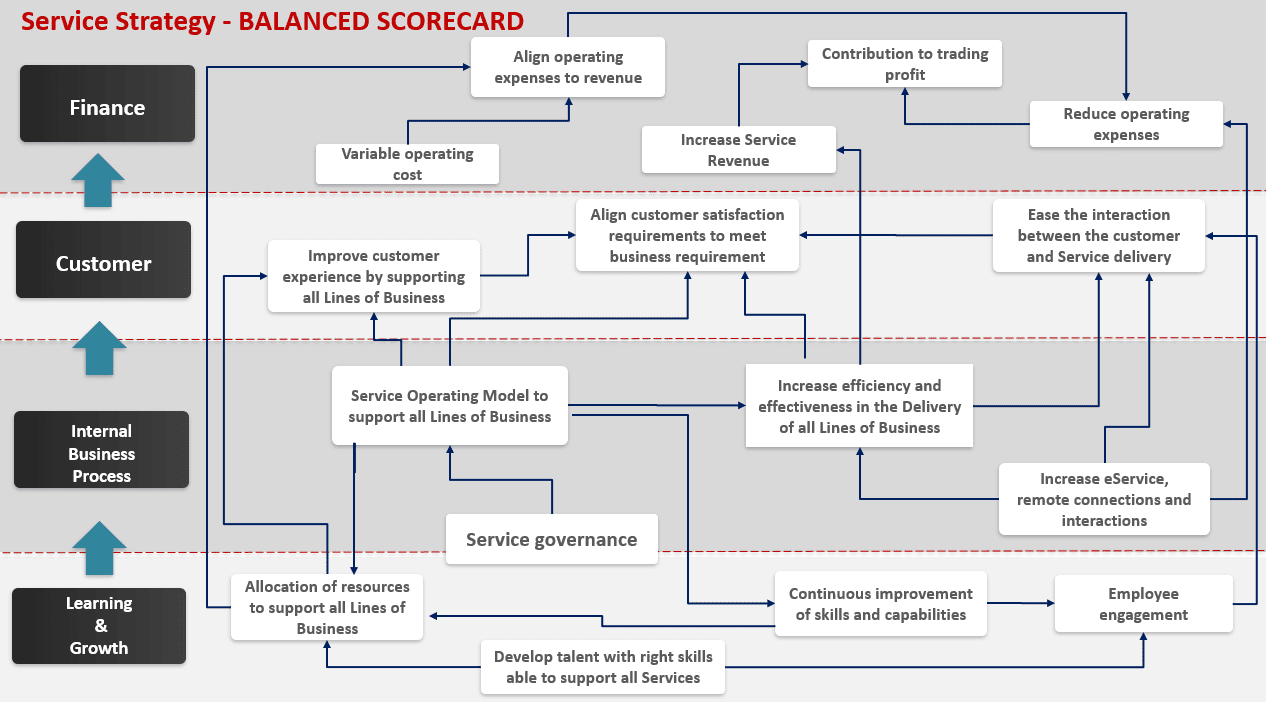Strategic Alignment with the Balanced Scorecard
Today’s business world isn’t just about growth; it’s about navigating complexity. Every day, leaders grapple with an overwhelming amount of data, trying to extract meaningful insights. The challenge is two-fold: understanding this deluge of information and then converting it into clear, cohesive strategies. More than ever, there’s a need to ensure everyone — from top-tier management to front-line staff — understands the game plan and is pulling in the same direction.
The Balanced Scorecard is not just a tool; it’s a route to clarity. With the added perspective Catalyst brings, we dive deep to pinpoint the right metrics, ensuring they capture what truly matters. By breaking down barriers between teams and fostering a unified organisational view, we pave the way for tangible progress. It’s all about connecting the dots, so every decision, no matter how small, aligns with and enhances the overall health and direction of the business.
How Balanced Scorecard Development can help you
Developing a Balanced Scorecard is an excellent way to support Strategy development and delivery. It compels an organisation to refine and clarify its thinking into a simple dashboard with a small set of clear metrics that can be communicated. The journey of building a BSC engages stakeholders and develops cross-organisation understanding of what is important, breaking down silos, encouraging shared ownership of results within the leadership team and supporting change.
By bringing an independent external view, Catalyst helps organisations to see and understanding the connections in the scorecard, identify appropriate metrics and measurement systems. In most organisations there are significant functional barriers to this, with different teams being responsible for, and focused on, different parts of the scorecard.
Our expertise and facilitation approach helps to surface and test the connections, encouraging a more “end-to-end” view of the organisation and contribution of its component parts. In turn this fosters a wider Continuous Improvement view, where improvement in each element can be seen connecting with the ultimate bottom-line performance and the organisation’s health.
This is an example from work with one of our major clients. This is not the final scorecard but is an excellent illustration of the thought process at a midpoint and the focus on improvement language…increase/reduce, improve, align, ease, improve, develop and engage.





